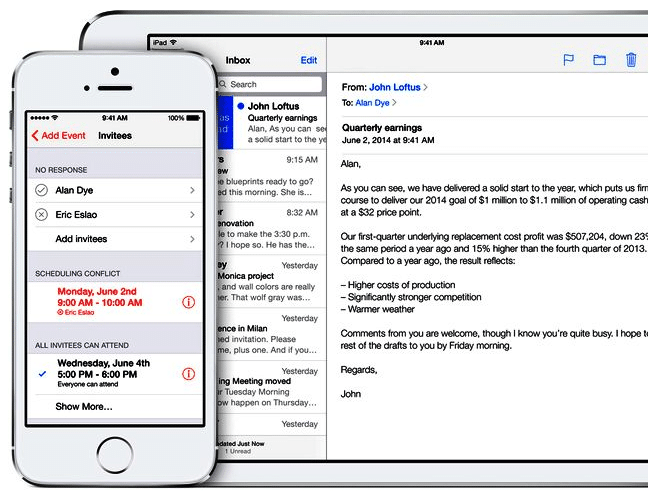Mobility App Usability: 4 Questions that Must Be Answered
Mobile App Usability is a topic that many overlook when overviewing a user acquisition strategy. Sadly enough, many apptrepreneurs forget that an app’s virality, retention, and usability are closely intertwined. Unfortunately, I was that apptrepreneur that overlooked mobile app usability and had to pay the price the hard way.
After I created my first app, TheCampusSocial, I was obsessed with turning the other ideas I had into apps.
One idea in particular, was a mixture of two popular apps in today’s app culture: Tinder, a social app designed for casual romantic encounters, and Snapchat, a photo messaging app. The app allowed users to take photos, record videos, add text and drawings, and send them to a controlled list of recipients.
My idea Pairzee, an app that helped users rate, chat and interact with other users, looked great on paper. However, when it came to development and execution, Pairzee failed miserably.
Many of my friends asked: Why would such a great idea fail so quickly?
My Answer: Mobile App Usability
To fully understand mobile app usability, the apptrepreneur first needs to use a certain criteria to gauge how useful the app is for users.
Although there are many ways to determine the usability of an app, here are 4 questions that the apptrepreneur cannot leave unanswered.
Criteria for Determining Mobile App Usability
Mobile App Usability Question #1: How many steps does it take for users to sign-up/share/invite others users?
Traditionally, apps in today’s markets have less than 3 steps to sign up, share, or invite others. Riders, an extreme sports app that helps you learn tricks, track personal progress, and share achievements, is an extreme sports app that requires users to sign up by either using their email or Facebook account to sign in.
In addition to using a Facebook login, they also catered to their target demographic by including a VK login – a social networking site for Europeans and also the 2nd largest social site next to Facebook. Lastly, for those who might not have the two social sites, Riders provided an option to create a completely different profile using an email login.
Mobile App Usability Question #2: Is the value proposition clear enough?
The value proposition needs to be clearly stated within the apps description, title, screenshot and interface. The app Shazam, is a mobile application that recognizes music and media playing around you, for example, forces users to realize immediately that the app relates to music identification.
Mobile App Usability Question #3: Are the directions clear enough?
Apps that have poorly stated directions fail immediately within the app/Google Play stores. It is imperative that users have the most simplistic UI/UX as possible. The Jackery, an app that will monitor your battery usage and remind you to charge your mobile device before it goes out of battery, is an app two weeks old in the app store and has by far the best UI/UX. The app will remind you to charge your mobile device before it runs out and will keep the specific amount of time left before it runs out as well. The only thing users need to do is just sign up, agree to the terms of use and voila.
Mobile App Usability Question #4: What’s the apps functionality?
Apps with high functionality have no bugs and run very smoothly. Apps with low functionality, on the contrary, are very buggy and run terribly. Unfortunately, apps with low functionality end up displeasing users, which decreases retention, and visibly, which leads to poor app reviews & ratings.
The first app that comes to mind with low functionality is Base. Base helps you anonymously seek romantic connections with your Facebook friends by asking the age-old question and ‘how far would you go with X, Y, Z. Base is an interesting idea that has a potential to go far like the app Grindr, a geo-location app that connects male users. Disappointingly, Base has low functionality and has made no efforts to fix internal bugs, which led to significant decrease in downloads and ultimately, poor reviews & ratings.
Below is a chart revealing these poor numbers.
Now I’ll turn it over to you. What does mobile app usability mean to you? What questions have you asked to determine the usability of your app? Have you answered them? I’d love to hear your ideas and share them in the comments below.











